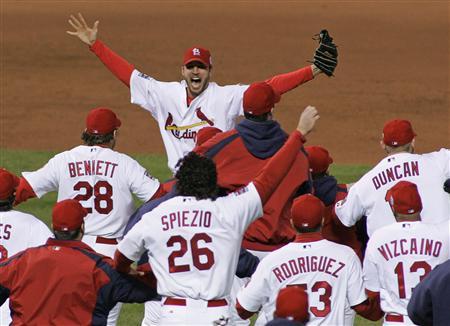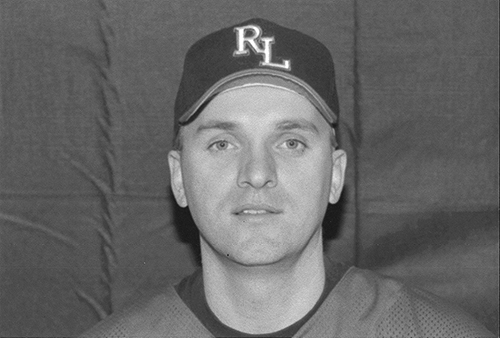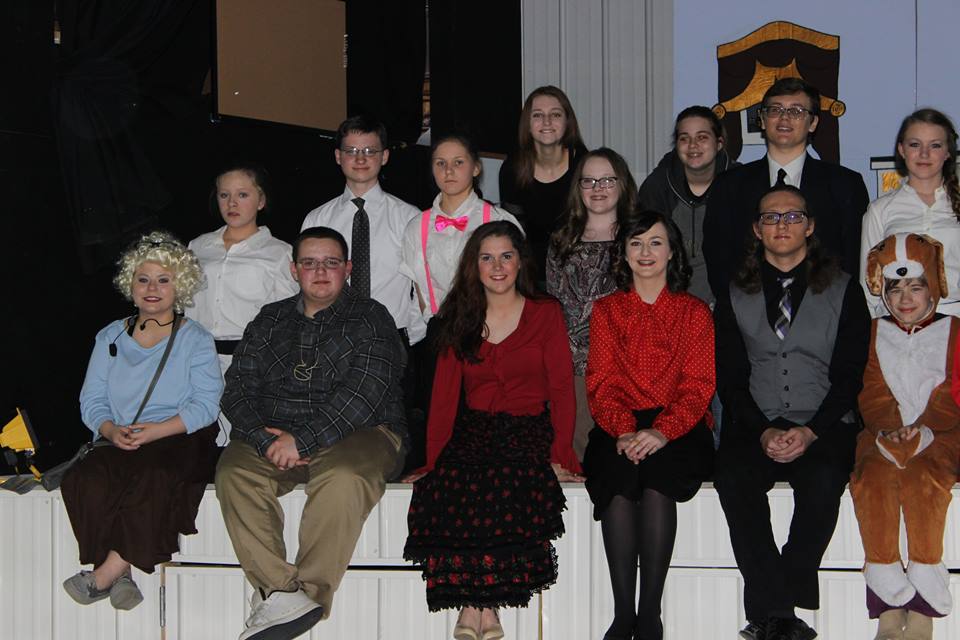50 Influencers of Rend Lake College: Bob Carlock, Making the Marketplace
Reece Rutland -Rend Lake College Media Services
INA, IL – Throughout the history of Rend Lake College, no one has been referred to as “the right-hand man” more than Bob Carlock. But, to distill the long-time vice president’s legacy down to that of a side kick to three RLC presidents does him some injustice. His 20 years as Vice-President of Finance and Administration saw a number of major milestones in the college’s history.

Bob Carlock (RLC Media Services photo)
Carlock earned a Bachelor’s Degree in Marketing and Finance and a Master in Business Administration (MBA) Degree from Eastern Illinois University. An early ingredient in his management style was created at Fort Leonard Wood, Mo. As a personnel specialist with the U.S. Army, he interviewed incoming recruits to determine their job classification.
With military experience under his belt, the future vice-president had a few other professional endeavors before finding his home on the Ina campus.
He was an Adjunct Instructor in Marketing, Management and Finance at McKendree College from 1978 to 1983 before taking a role as Division Chairman for Business and Social Science at Tarkio College from 1984-86. While at both colleges, Carlock owned and managed Carlock Distributing Company, based in his hometown of Hillsboro.
At Rend Lake College, Carlock served as the Director of the Business Resource and Assistance Center, Director of the Center for Business and Community Services and Director of the Small Business Development Center. He was appointed Interim Dean of Finance and Administration before being permanently appointed to the position (now titled Vice President) in 1992. He also served as Director of the Rend Lake College Foundation for several years.
Carlock pioneered the college’s Textbook Rental program, which made a large portion of textbooks available to students for $28 each rather than the purchase price of $75 to $100 for the same book. This endeavor – largely considered to be counter-productive for educational institutions – has been highly successful at Rend Lake College and is a model for the refashioning of textbook systems at other colleges.
He worked with college administrators to purchase the former Jent Outlet Mall and transform it into the RLC MarketPlace in Mt. Vernon. What was once a declining outlet mall on the verge of becoming a severe eyesore in the RLC district’s largest community is now a thriving community all its own, which soon could be adding hundreds of thousands of dollars each year into the college’s coffers – meaning RLC will be able to fund projects a college its size normally would not be able to handle.
“The MarketPlace . . . of all the things we’ve done, I’m most proud of it,” he said.
The revenue generated from rent paid by various state agencies, grant programs and individual businesses at the MarketPlace will be able to be added to the regular revenue stream for the college in less than a decade. This could mean $600,000 or more each year for the college.
He also made RLC the first community college in Illinois to establish a supplemental loan program for students who had difficulty finding short-term money for college needs. Carlock developed the establishment of a $5 million insurance reserve fund which allows RLC to have available insurance coverage in the event of a liability that goes beyond the general insurance coverage. In addition, the fund provides interest of $150,000 per year for tort liability purposes. The fund provided $1.3 million for the addition and renovation of the Administration Building.
He initiated the Illinois Community College Insurance Consortium. Along with seven other community colleges, a partially self-insured health insurance program was formed that works efficiently and economically with a premium raise of only 6.5% in 2006.
And, he established the Section 125 Cafeteria Employee Benefit Plan, which allows employees to take advantage of pre-taxable benefits for medical and day care expenses.
In 2006, he received the Bronze Major Gift Award for contributing more than $10,000 to the Rend Lake College Foundation.
He initially retired from the VP post in 2008 after serving 17 years in the position.
However, during the uncertainty of state funding in 2010, Carlock was called out of retirement to take up his old mantle of as Vice President of Finance and Administration on a one-year, non-tenure contract. He re-retired in 2013 after guiding the institution through a tough economic climate.
RLC President Terry Wilkerson said of Carlock, “You have been an anchor out here. I would challenge anybody to: No. 1, come back, and No. 2, to come back and keep working hard. It has been a pleasure, Bob, both personally and professionally.”
Carlock was even recognized with House Resolution 1106 – legislation congratulating Carlock on his retirement.
With Carlock at the helm of marketing, the college experienced five years of growth and sat record enrollment at the time, according to HR 1106.
“The faculty, staff, and students of Rend Lake College, as well as the citizens of this State, owe Bob Carlock a debt of gratitude for the services that he has rendered to Rend Lake College and the State at large,” the Resolution reads. “… we congratulate Bob Carlock on the occasion of his retirement and wish him many happy and healthy retirement years…”
In addition to recognition for his efforts at RLC, Bob Carlock became a name in local, state and national community service and development. He associated himself with various civic organizations, including the Jefferson County Chamber of Commerce, of which he is a former President; Franklin County Chamber of Commerce; former President for two years of a statewide Community College organization of Chief Financial Officers; the Illinois Community College Board Economic Development Association; National Council for Resource Development, and the Jefferson County Certified Cities Program on which he served as Chairman, among others.
“I’ll miss all the people I’ve worked with and the challenges of the job,” Carlock said at his retirement. “I want to emphasize any accomplishments during my tenure were the result of the Rend Lake College team and not just myself.”
 BENTON, IL (Ashley Smith – WSIL TV Please click to read the entire story and accompanying video. Here is an excerpt) Two women have spent a lifetime working at the same place, and despite being over retirement age, neither plan to quit anytime soon. Karen Smith works in the laundry room at Stone Bridge Senior Living Center in Benton. “There’s never a dull moment in here, that’s for sure,” said Karen Smith. She’s worked in that department for more than two decades. She spent a decade before that working in housekeeping. That’s 31 years Karen has worked in the same building. But she’s not the only longtime employee here.
BENTON, IL (Ashley Smith – WSIL TV Please click to read the entire story and accompanying video. Here is an excerpt) Two women have spent a lifetime working at the same place, and despite being over retirement age, neither plan to quit anytime soon. Karen Smith works in the laundry room at Stone Bridge Senior Living Center in Benton. “There’s never a dull moment in here, that’s for sure,” said Karen Smith. She’s worked in that department for more than two decades. She spent a decade before that working in housekeeping. That’s 31 years Karen has worked in the same building. But she’s not the only longtime employee here.





